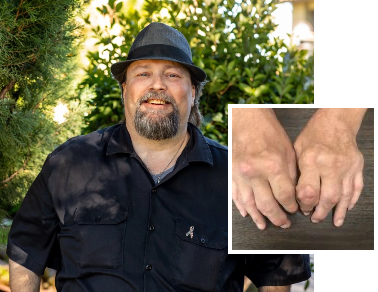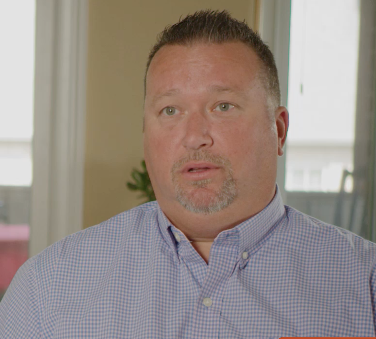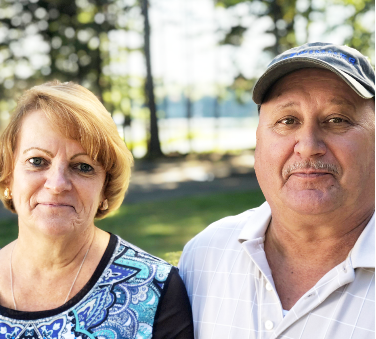Stories
Living with out-of-control gout



Daniel’s Story
“The average person doesn’t understand how much pain I’m in. I did my own research on gout, but never truly understood how to manage it.”
Looking back, the pain, swelling, and redness in my ankle were all signs of gout; I just didn’t know it then.
I was a hardworking, aspiring chef and assumed the pain was a result of spending long hours on my feet. Except after each day, the pain continued to get worse. What should have been an easy task, walking 2 blocks to work, became a challenge. After consulting a doctor, I began taking an over-the-counter pain reliever. But just 5 days later, I found myself in the emergency room, struggling to walk.
Fortunately, the emergency department doctor recognized my symptoms and ordered a test to determine my serum uric acid (sUA) level. The results came back indicating an sUA over 6—1 sign uric acid crystals were building up. I had gout.
I continued to experience gout flares, and they were occurring more frequently. Eventually I started to see bumps appear under my skin on my feet, elbows, and hands. I learned these bumps that were rapidly growing were tophi, formed by the uric acid crystals depositing in my body. Unfortunately, my dreams of being a great chef took a back seat to the ongoing gout symptoms and my uric acid level remained high despite the use of oral therapies.
Beyond the physical toll, the burden of gout was extremely frustrating. I was so embarrassed and would wear gloves and elbow pads in an effort to hide my gout-caused disfigurations from everyone around me.
Over the next 2 decades, my gout continued to be uncontrolled, and the skin over my tophi on my toes opened up and wouldn’t heal. I had to see an orthopedic surgeon who worked to drain and manage the uric acid buildup, but over time, it could no longer be managed. Unfortunately, I became one of the few people who needed to have the toes on my left foot amputated. It was a very dark time in my life; I even considered an amputation up to mid-calf and came close to having 2 knuckles amputated. Looking back, I realize I never truly understood gout and how to manage the disease—that not a lot of time was given to explaining what might happen if it became uncontrolled.
Eventually, I was referred to a gout specialist to find a solution that was right for me. Working together, I was able to obtain better control of my uric acid and see reductions in my tophi. Even though I’ve been through so much—the pain, the losses, the suffering—I wouldn’t change a second of it because it’s brought all the right people into my life.










